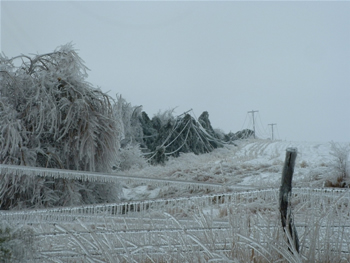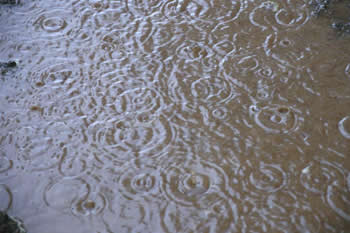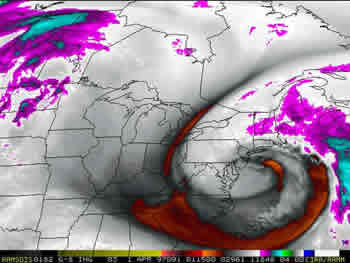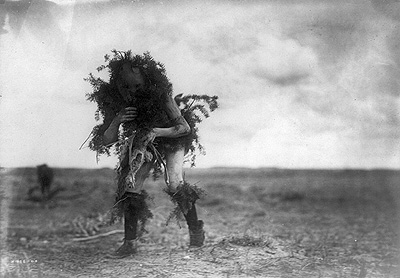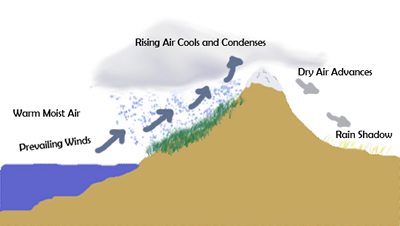Click on image for full size
National Weather Service Forecast Office of Topeka, KS
Sleet and Freezing Rain
Sleet forms when a partially melted snowflake or raindrop turns back into ice as it is falling through the air. Sleet starts out in a cloud as a snowflake or a raindrop. It may be a snowflake or a raindrop, depending on the temperature of the layer of air where it is in the sky. The snowflake or raindrop travels downwards through a much warmer layer of air. The snowflake starts to melt in this layer. As the raindrop and the melted snowflake continue their journey, they come to the last layer. This is a cold layer that makes the raindrop freeze and the snowflake refreeze. Sleet is usually tiny clear ice pellets that bounce when they hit the ground. These ice pellets are smaller than hail.
Freezing Rain happens when raindrops fall in liquid form and immediately freeze as they hit a cold surface. The journey of freezing rain is like the journey for sleet, except that freezing rain travels through a much larger warmer layer than sleet. This means that the snowflake melts to form a raindrop. The last layer that the melted snowflake and the raindrop travel through is a very small cold layer. This cold layer makes the melted snowflake and raindrop very cold, but they don’t freeze. The melted snowflake and the raindrop end their journey when they hit the surface and freeze. Both the raindrop and the melted snowflake freeze because their temperatures are very cold, and the surface is very cold.
Freezing rain can cause roads to be slippery like ice skating rinks. The ice that forms on trees can get so heavy and thick that the branches break off of the tree.


